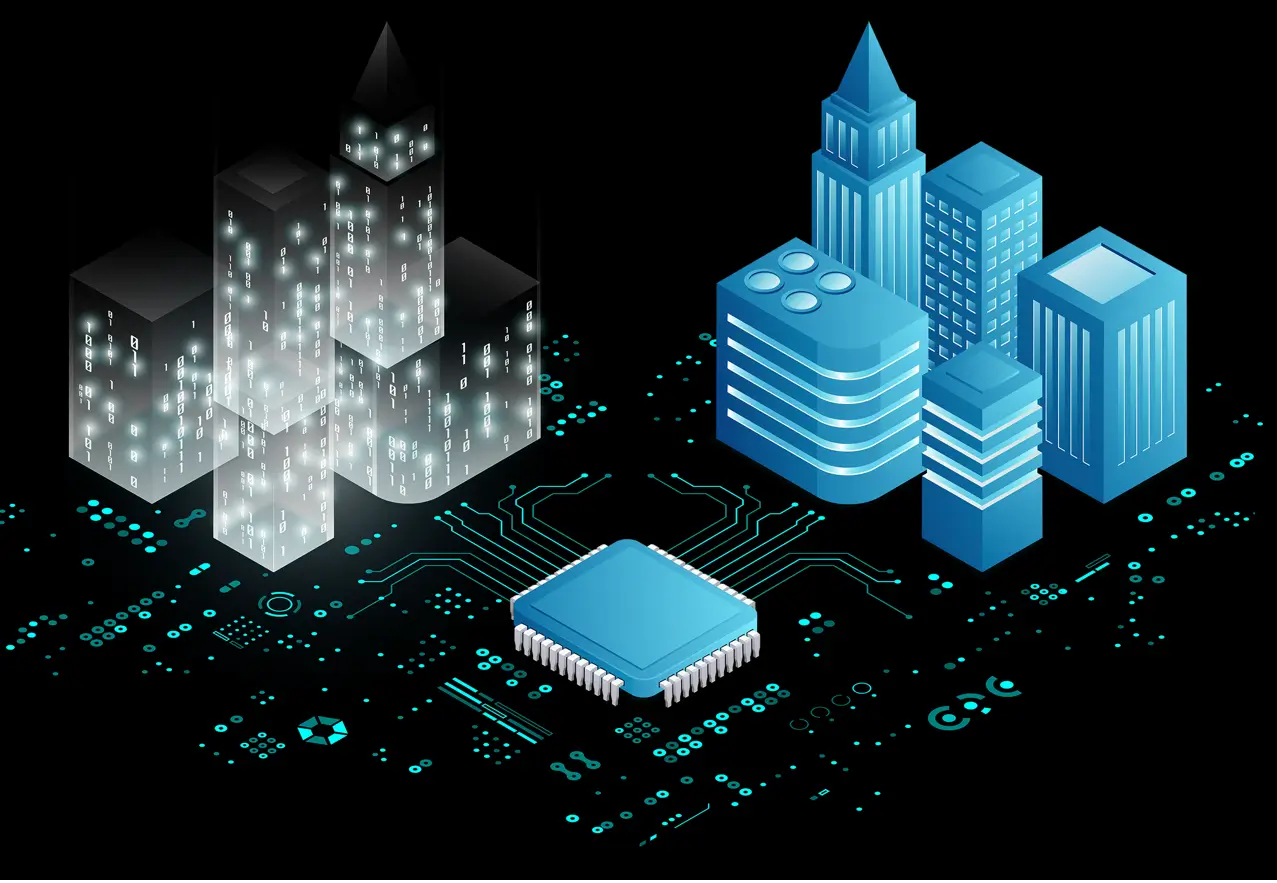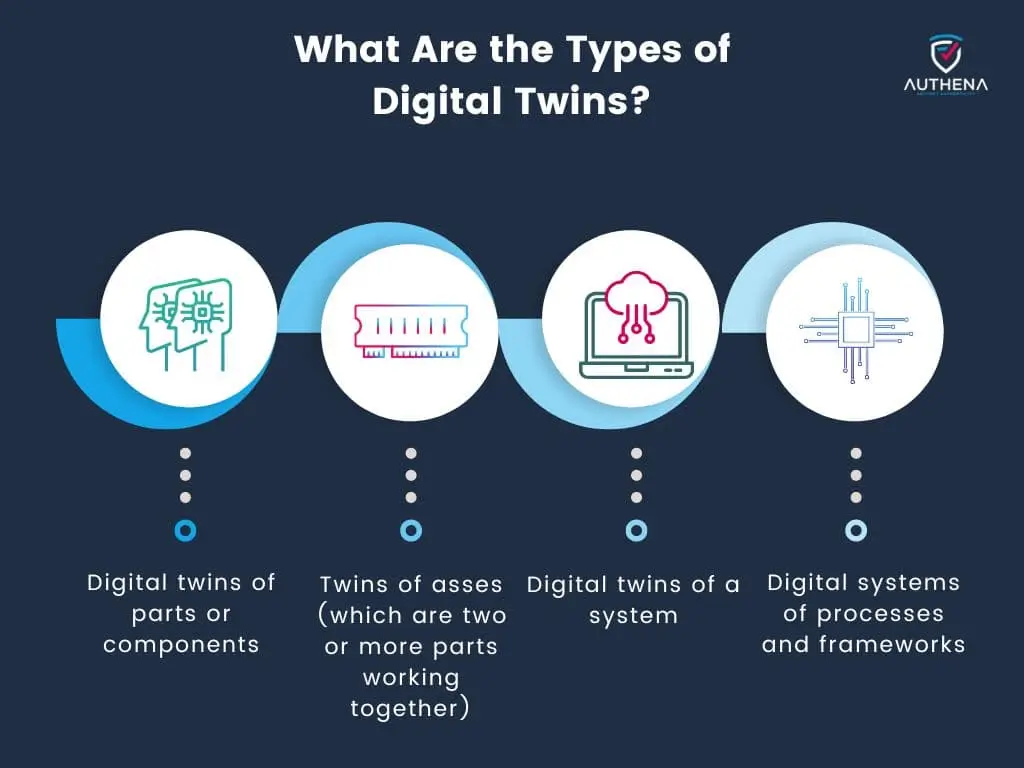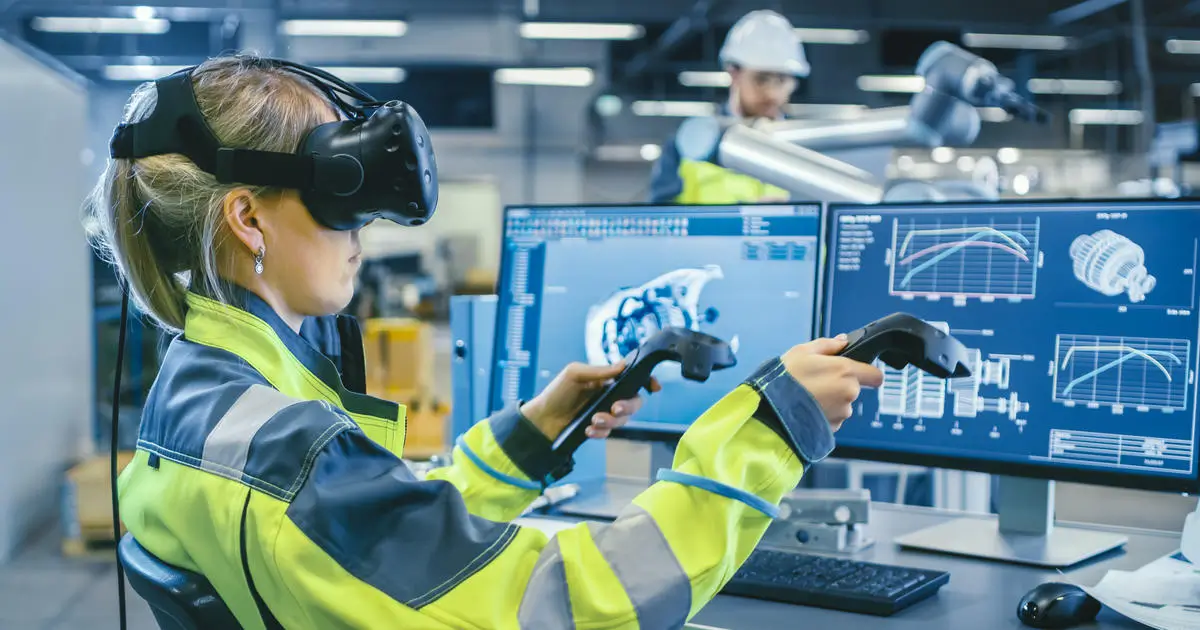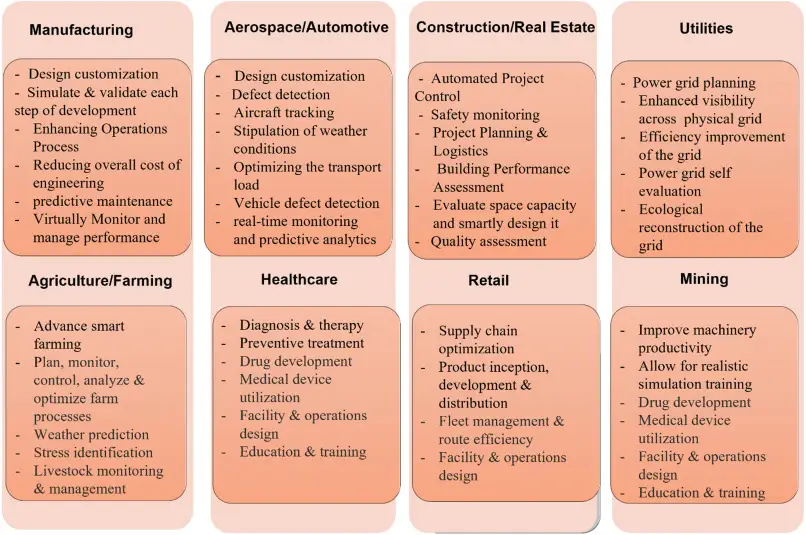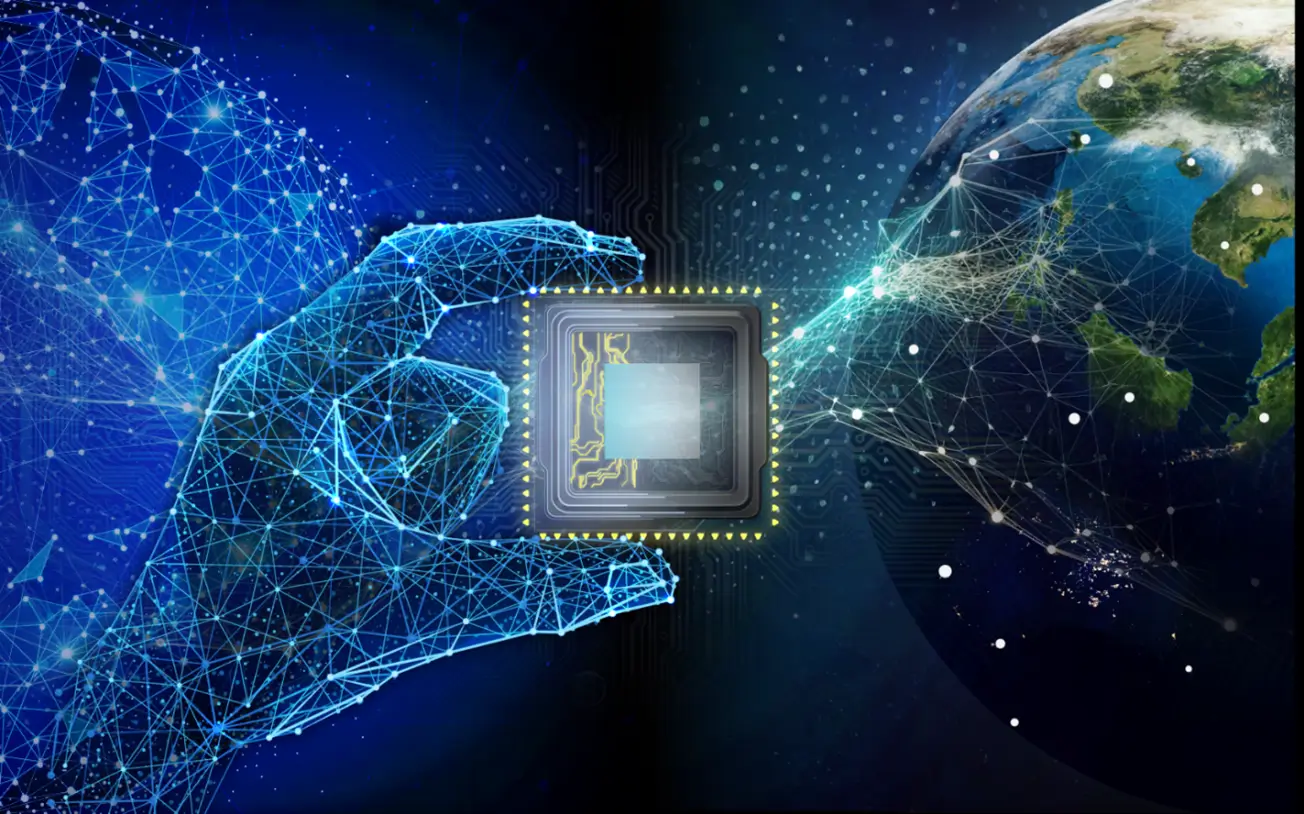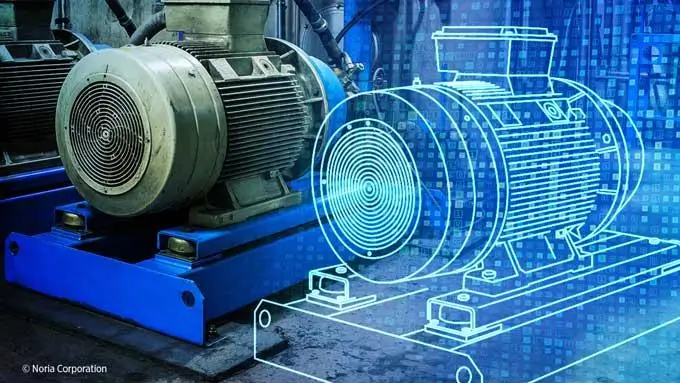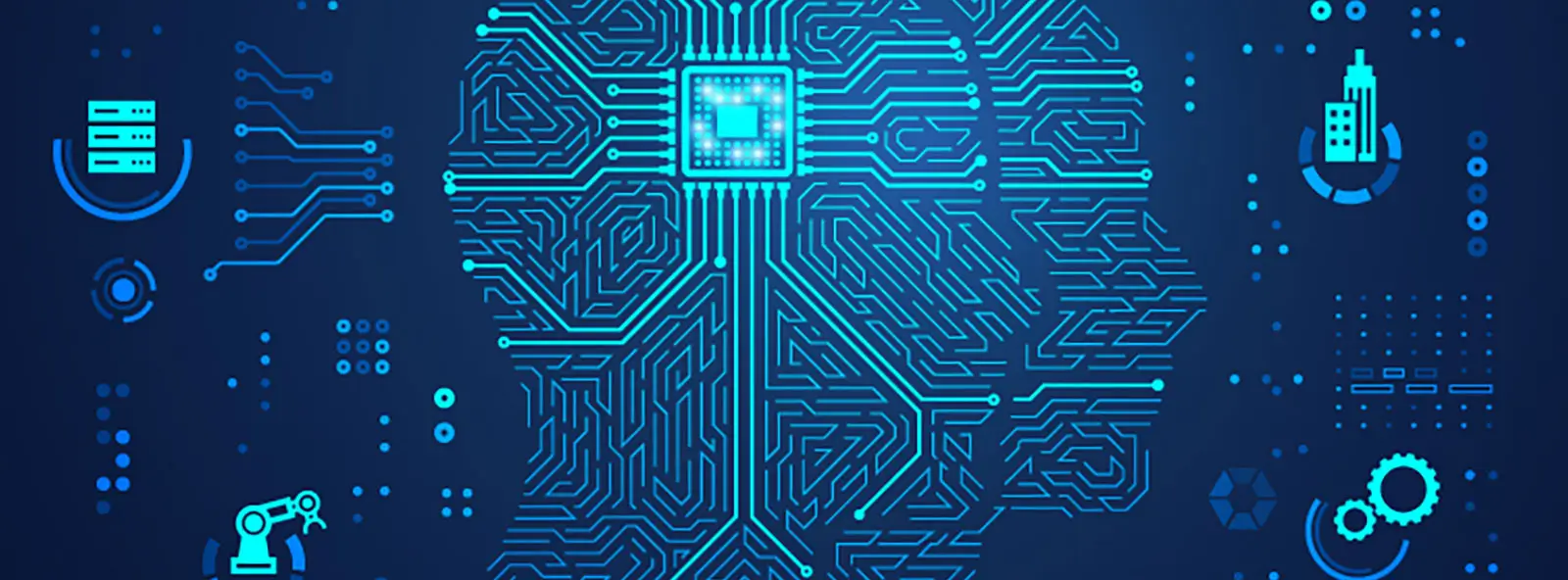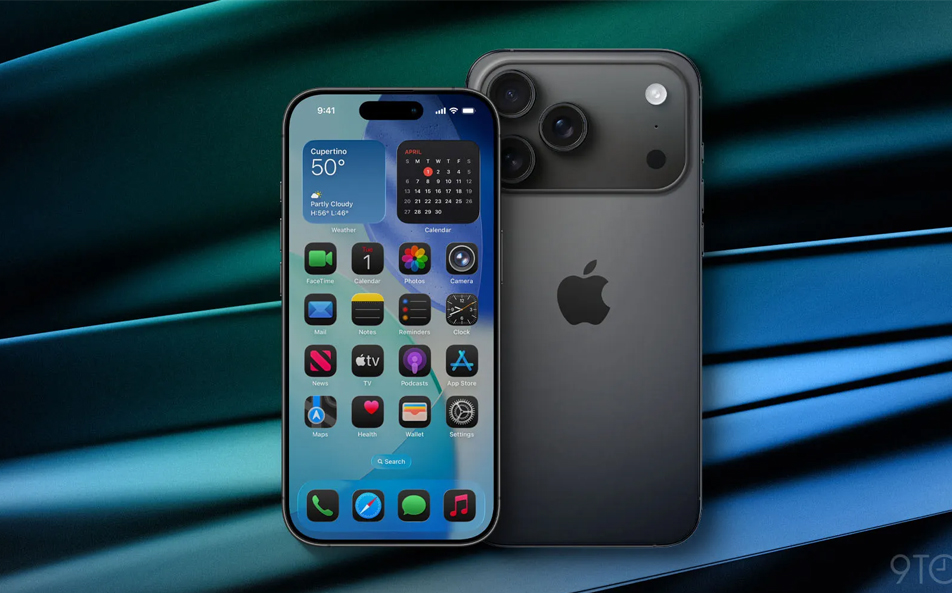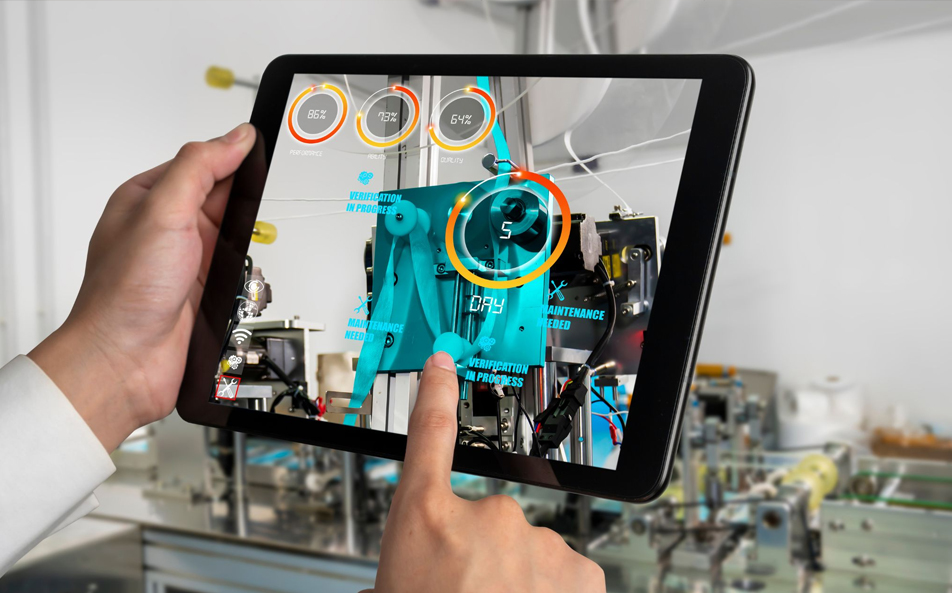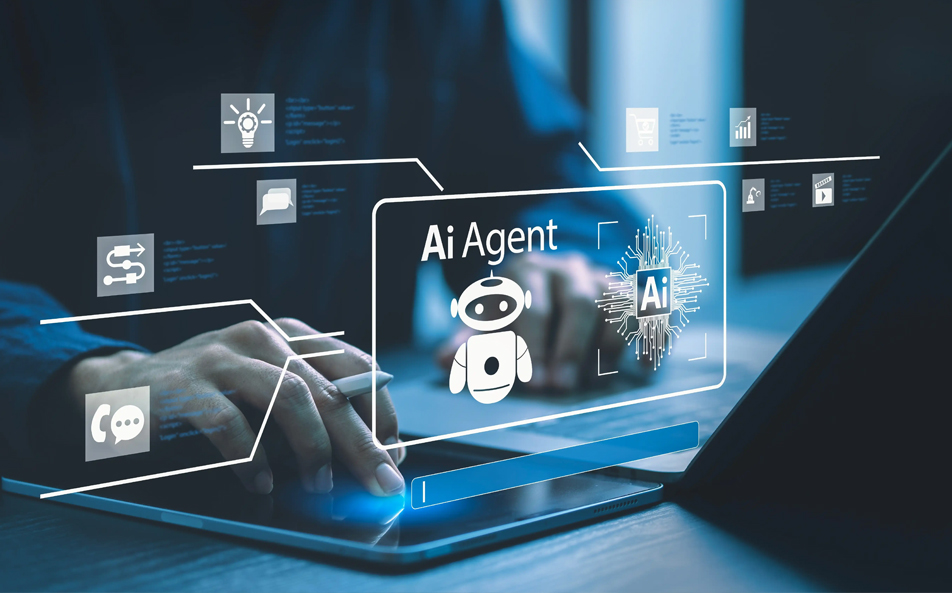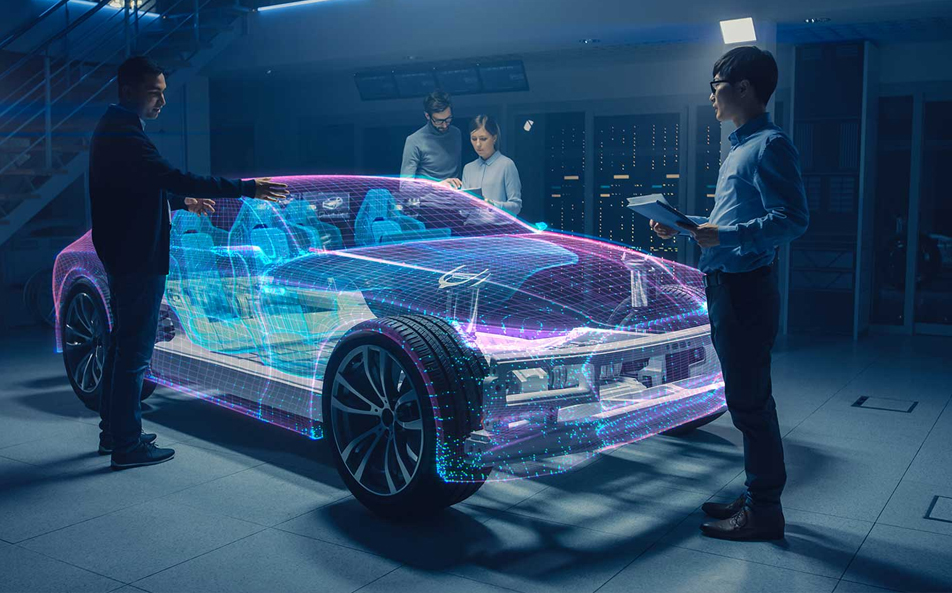
The United Indian

The concept of a digital twin might sound like something out of science fiction. But this innovative technology is rapidly transforming how we design, operate, and maintain physical assets across various industries. In essence, a digital twin is a virtual representation of a real-world object, process, or system. It acts as a constantly updated counterpart, mirroring the physical entity's behavior and performance in real-time.
This blog delves into the fascinating world of digital twins, exploring their core functionalities, the benefits they offer, and the exciting possibilities they hold for the future.
Unveiling the Building Blocks of a Digital Twin
At its heart, a digital twin technology is a complex system comprised of three key elements:
- Physical Entity: This forms the foundation of the entire system. It can be anything from a simple machine to a sprawling manufacturing plant or even an entire city. Sensors play a crucial role here, continuously collecting data on the physical entity's performance, health, and environmental conditions.
- Digital Model: This virtual counterpart is meticulously crafted using various tools like Computer-Aided Design (CAD) software, 3D modeling platforms, and even Artificial Intelligence (AI) for complex systems. The digital model is constantly updated with real-time data from the physical entity, ensuring it remains an accurate reflection.
- Data Analytics & Integration Platform: This acts as the bridge between the physical and digital worlds. It collects and analyzes the sensor data from the physical entity, feeding it into the digital model. This platform also enables communication between the two, allowing for insights and simulations to be fed back into the physical world for optimization.
A Look at Different Types of Digital Twins
Not all types of digital twins are created equal. They can vary in scope and complexity, catering to specific needs. Here's a glimpse into the diverse landscape of digital twins:
- Component Twins: These are the building blocks, representing individual parts like a sensor or a machine component. They track granular data to predict potential failures.
- Asset Twins: These digital twins focus on entire physical assets like a vehicle or a wind turbine. They provide a holistic view of the asset's performance and health.
- System Twins: These encompass interconnected assets, modeling how they interact within a larger system like a factory or a power plant. They enable optimization of the entire system's performance.
- Process Twins: These represent complex processes like manufacturing workflows or logistics chains. They allow for simulation and optimization of entire operational sequences.
The type of digital twin chosen depends on the specific needs and the level of detail required for analysis and optimization.
The Power of Real-Time Data and Simulation
One of the most significant advantages of digital twins technology is their ability to leverage real-time data. Unlike traditional simulations, which rely on static data or historical trends, digital twins provide a dynamic view of the physical entity's behavior. This allows for:
- Predictive Maintenance: By analyzing sensor data, the digital twin can anticipate potential equipment failures. This enables proactive maintenance, preventing costly downtime and ensuring optimal performance.
- Performance Optimization: Simulations can be run on the digital model to identify areas for improvement. This can involve optimizing energy consumption, logistics, or production processes in a virtual environment before implementing changes in the real world.
- Improved Design & Development: Digital twins can be used throughout the product lifecycle, from initial design stages to testing and refinement. By creating a digital twin of a new product design, engineers can identify potential flaws and optimize performance before physical production begins.
Digital Twins Applications: Spanning Industries
The applications of digital twins are vast and constantly evolving. Here are some prominent examples across different industries:
- Manufacturing: Production lines can be optimized, equipment performance can be monitored, and predictive maintenance can be implemented to ensure smooth operations and minimize downtime.
- Aerospace: Digital twins of aircraft engines can predict maintenance needs, optimize flight paths for fuel efficiency, and even simulate emergency scenarios for better preparedness.
- Smart Cities: Digital twins of entire cities can be used to optimize traffic flow, manage energy consumption in buildings, and even simulate the impact of weather events or infrastructure changes.
- Healthcare: Digital twins of patients' bodies can be created using medical scans and data, allowing doctors to personalize treatment plans, optimize surgeries, and predict potential health risks.
The Future of Digital Twins: A World of Possibilities
As technology continues to advance, the capabilities of digital twins will undoubtedly expand. Here are some exciting possibilities to look forward to:
- Integration with AI and Machine Learning: AI can be used to analyze sensor data from digital twins in real-time, enabling faster anomaly detection and even allowing the digital twin to learn and adapt over time.
- The Rise of Digital Twins of Systems (DOTS): These complex digital twins will encompass not just physical objects but also entire systems and processes, providing a holistic view of interconnected operations.
- The Democratization of Digital Twins: As the technology becomes more affordable and accessible, we can expect to see digital twins being used not just by large corporations but also by small and medium-sized businesses.
The potential impact of digital twins is truly transformative. By creating a bridge between the physical and digital worlds, they offer a powerful tool to optimize processes, improve efficiency, and make data-driven decisions across various sectors. As we move forward, digital twins will play a crucial role in shaping a more sustainable, efficient, and intelligent future.
Challenges
It's important to acknowledge some of the challenges that need to be addressed for widespread adoption of Digital Twin Technology:
- Data Security and Privacy: The vast amount of data collected by digital twins raises concerns about security and privacy. Robust cybersecurity measures must be implemented to ensure the safety of sensitive data.
- Interoperability: As different companies and organizations develop their own digital twin solutions, ensuring compatibility and seamless data exchange can be a challenge. Open standards and protocols need to be established to foster interoperability.
- Scalability and Complexity: Managing and analyzing the massive amounts of data generated by complex digital twins can be a challenge. Scalable data management solutions and user-friendly analytics tools are crucial for successful implementation.
Case Study: Siemens and the Digital Twin
Siemens, a global leader in industrial manufacturing, has been at the forefront of Digital Twin technology. The company's Digital Enterprise Suite integrates Digital Twins into its manufacturing processes, enabling seamless design, production, and service. For example, Siemens used a Digital Twin to optimize the production of its gas turbines, resulting in improved efficiency and reduced emissions.
Siemens also collaborates with various partners to develop Digital Twins for smart buildings and infrastructure. By creating virtual models of buildings, Siemens can simulate energy usage, optimize HVAC systems, and enhance occupant comfort.
The Road Ahead: Embracing the Digital Twin Revolution
Despite these challenges, the potential benefits of digital twins technology far outweigh the obstacles. By actively addressing these concerns and fostering collaboration across industries, we can pave the way for a future where digital twins are seamlessly integrated into our daily lives. Here are some key steps to embrace the digital twin revolution:
- Invest in Research and Development: Continued research is essential to advance the capabilities of digital twins and address challenges like data security and scalability.
- Promote Collaboration: Collaboration between various stakeholders, including technology companies, industry leaders, and government agencies, is crucial for developing standardized protocols and fostering innovation.
- Upskilling the Workforce: As digital twins become more prevalent, there will be a growing demand for professionals with expertise in data analysis, AI, and digital twin technologies. Upskilling initiatives will be essential to bridge the talent gap.
Conclusion
Digital twins represent a paradigm shift in how we interact with and manage the physical world. By harnessing the power of real-time data and simulation, they offer a multitude of benefits for various industries. As technology advances, the capabilities of digital twins technology will continue to expand, opening doors to a world of possibilities. From revolutionizing manufacturing processes to shaping smarter cities, digital twins hold the key to a more optimized and intelligent future.
Read more in Technology
Jul 01, 2025
TUI Staff
Jun 20, 2025
TUI Staff
Jun 04, 2025
TUI Staff
Jun 02, 2025
TUI Staff

Stay Tuned with The United Indian!
Our news blog is dedicated to sharing valuable and pertinent content for Indian citizens. Our blog news covering a wide range of categories including technology, environment, government & economy ensures that you stay informed about the topics that matter most. Follow The United Indian to never miss out on the latest trending news in India.
©The United Indian 2024






